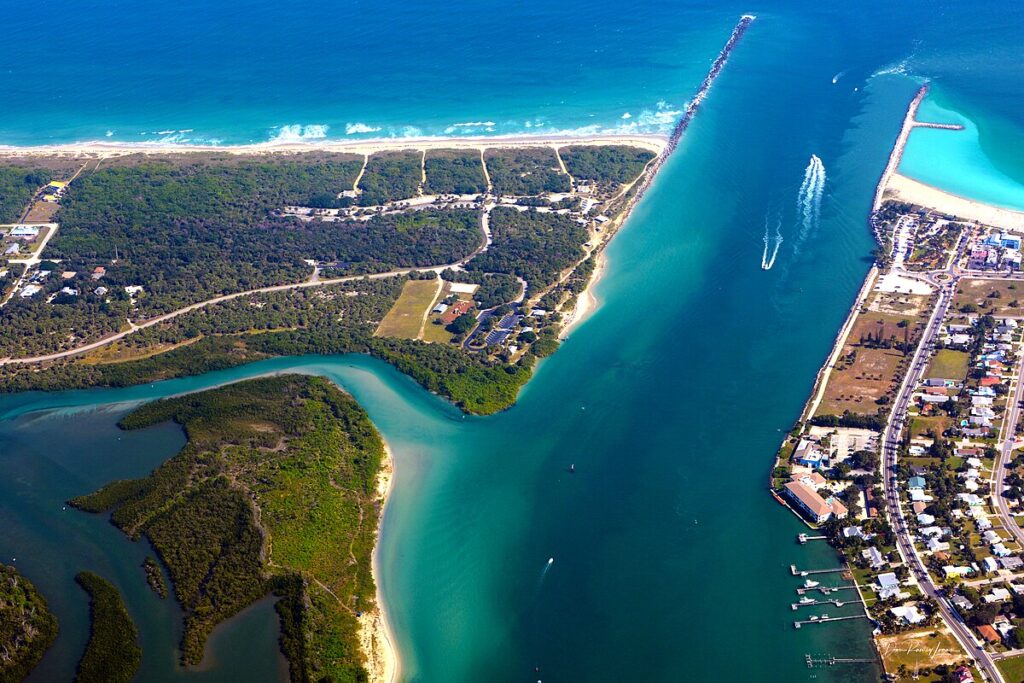
Moving to Fort Pierce, Florida: A Comprehensive Relocation Guide
Considering moving to Fort Pierce, Florida? This historic Treasure Coast city offers riverfront downtown, affordable living, and access to Atlantic beaches. As St. Lucie County’s seat with approximately 47,000 residents in 2025, Fort Pierce combines Old Florida charm with modern development and convenient East Coast location.
Demographic Profile to Consider If Moving to Fort Pierce:
Fort Pierce’s 2025 population is approximately 47,000 residents in this St. Lucie County city along the Indian River Lagoon. The median age is around 40 years, with diverse households including families, working professionals, retirees, and military personnel from nearby Naval facilities. The population is approximately 42% White, 38% Black or African American, and 16% Hispanic. Fort Pierce features a revitalized downtown along the Indian River with marina, restaurants, and historic buildings. The city stretches from the barrier island beaches eastward across the lagoon to mainland neighborhoods. Fort Pierce maintains authentic character with affordable housing compared to southern Treasure Coast communities, attracting diverse residents seeking East Coast access without premium pricing. Find trusted local services for moving, living, and working in Fort Pierce.Fort Pierce Relocation Directory
Cost of Living to Consider If Moving to Fort Pierce:
Fort Pierce offers exceptional affordability for Florida’s Atlantic Coast. Median home values range from $250,000 to $350,000 in 2025, with barrier island beachfront properties higher but still accessible. The median household income is approximately $45,000. Rental properties average $1,400 to $1,800 monthly. Florida’s absence of state income tax benefits residents. Overall cost of living is moderate, making Fort Pierce attractive for first-time buyers, retirees on fixed incomes, and families seeking coastal access without South Florida pricing. The city provides value with Atlantic Ocean proximity while remaining significantly more affordable than Palm Beach or Broward counties. Housing costs vary from historic downtown areas to newer western developments.
Economy and Job Market:
Fort Pierce’s economy includes government, healthcare, agriculture, tourism, and marine industries. St. Lucie County government provides significant employment as the county seat. Cleveland Clinic Indian River Hospital and Lawnwood Regional Medical Center offer healthcare jobs. The Port of Fort Pierce supports commercial fishing and marina operations. Naval facilities including Navy UDT-SEAL Museum and nearby training areas provide military connections. Agriculture including citrus and specialty crops remains economically significant in western St. Lucie County. Retail along U.S. Highway 1 creates service employment. Many residents commute to Port St. Lucie, Vero Beach, or Stuart for additional opportunities. The broader Treasure Coast economy offers diverse employment, though job markets are smaller than South Florida metros.
Education:
St. Lucie County Public Schools serves Fort Pierce students with numerous schools including Fort Pierce Central High School, Fort Pierce Westwood High School, and various elementary and middle schools. The district operates throughout St. Lucie County. Indian River State College provides associate degrees, bachelor’s programs, and workforce training with the main campus in Fort Pierce. The college serves as a regional educational hub for the Treasure Coast. Private schools operate throughout the county. The educational infrastructure adequately serves the community with continued facility improvements.
Recreation and Lifestyle:
Fort Pierce’s revitalized downtown along the Indian River Lagoon features marina, restaurants, art galleries, and the Sunrise Theatre performing arts venue. The city maintains Fort Pierce Inlet State Park on the barrier island offering pristine beach access and fishing. The Navy UDT-SEAL Museum honors Navy special warfare heritage. Residents enjoy the Fort Pierce Farmer’s Market, Second Friday Art Walk, and waterfront events. Fishing opportunities include ocean, inlet, river, and freshwater canal systems. The Jack Island Preserve provides nature trails and kayaking. Beaches on Hutchinson Island offer swimming and surfing. Nearby attractions include Savannas Preserve State Park and St. Lucie County Aquarium. The subtropical climate enables year-round outdoor recreation. The community balances historic character with coastal lifestyle.
Healthcare and Services:
Fort Pierce residents access comprehensive healthcare through Cleveland Clinic Indian River Hospital and Lawnwood Regional Medical Center providing full-service hospital care. Additional facilities include HCA Florida St. Lucie Hospital in Port St. Lucie and numerous medical offices throughout the county. The region’s healthcare infrastructure serves the growing Treasure Coast population adequately, with continued expansion matching regional growth.
Transportation:
Fort Pierce benefits from Interstate 95 and Florida’s Turnpike providing north-south connectivity, and State Road 70 connecting to inland areas. U.S. Highway 1 runs through the city. Community Transit provides limited bus service in St. Lucie County. Most residents rely on personal vehicles. The city’s layout makes walkability limited outside the downtown district. Typical commute times range 20-35 minutes depending on destination.
Conclusion:
Moving to Fort Pierce in 2025 offers affordable Atlantic Coast living with historic riverfront downtown, barrier island beaches, and authentic Florida character. The city’s combination of low cost of living, ocean access, and Treasure Coast location makes it ideal for budget-conscious families, retirees, and those seeking East Coast lifestyle without premium pricing.

